FAQ
Due to Kluson's long history, closure in the 1980's, lack of reference materials, and general misinformation, there is often some confusion as to which Kluson tuning machine model is appropriate for vintage correctness or modern playability. With a history spanning over 90 years, there have been numerous changes to the design of Kluson tuning machines. We have taken your most frequently asked questions and answered them here.
- What's the difference between single, double, or no line?
- What's the difference between post types?
- What's the difference between single or double ring?
- What's the difference between push-in or bolt bushings?
- What's the difference between collared or non-collared?
- What's the difference between locking or non-locking?
-
What's the difference between single, double, or no line?
-

NO LINE (1950)
Rear dust cover/housing appearance used from 1950 to 1955.
-
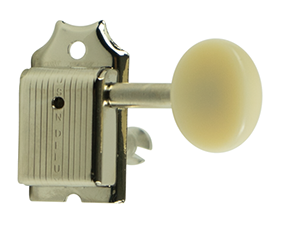
SINGLE LINE (1956)
Rear dust cover/housing appearance used from 1956 to 1964.
-

DOUBLE LINE (1965)
Rear dust cover/housing appearance used from 1965 to 1969.
-
-
What's the difference between post types?
-
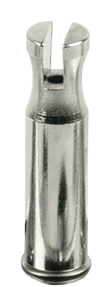
SAFETI STRING
Designed to anchor the string without leaving the cut end of the string exposed for safety.
-

STANDARD
Common type of string post with a hole drilled straight through the post and an area of the post milled or shaped to retain the windings within a general area of the post length.
-

SLOTTED HEADSTOCK
String post used in horizontal mounted tuning machines with a single hole drilled through a straight post.
-
-
What's the difference between single or double ring?
-
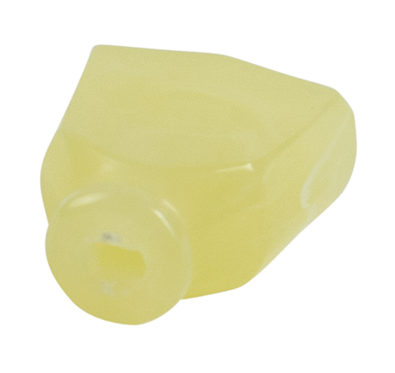
SINGLE RING (1950)
Shape of tulip/keystone buttons used from 1950 to 1960. A single decorative ring molded into the bottom of the button, extending the distance of the button for more stability on a smaller button.
-
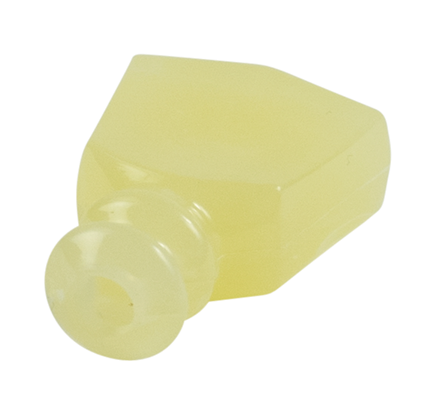
DOUBLE RING (1961)
Shape of tulip/keystone buttons used from 1961 to 1969. Two decorative rings molded into the bottom of the button, extending the distance of the button for more stability on a smaller button.
-
-
What's the difference between push-in or bolt bushings?
-
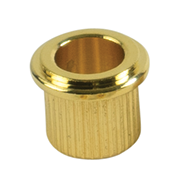

PUSH-IN
Metal bushing used to secure side to side movement of the string post on the front side of an instrument while under string tension. The knurled metal outer shape holds the bushing securely to the wood of the peg hole.
-
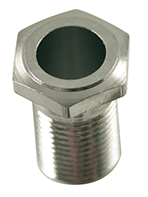
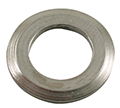

BOLT
Modern bushing-washer combination typical of diecast tuning machines used to secure side to side movement of the string post on the front side of an instrument while under string tension. Secures directly to tuning machine housing through peg hole.
-
-
What's the difference between collared or non-collared?
-
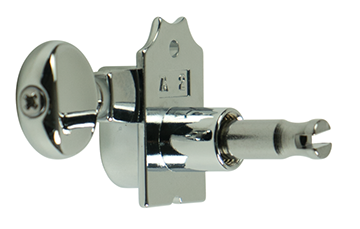
COLLARED
Common to most diecast tuning machines. The collar is molded to housing that surrounds string post. The collar is usually threaded to accept a bolt bushing.
-

NON-COLLARED
This lack of collar allows for a smaller peg hole with a push-in bushing. Allows for installation on vintage instruments without modification to the size of the peg hole.
-
-
What's the difference between locking or non-locking?
-
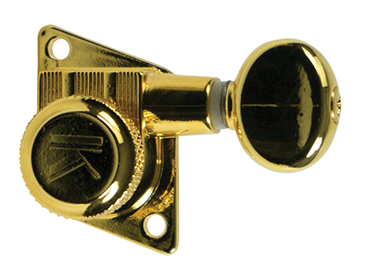

LOCKING
Mechanism designed into the tuning machine to lock strings in place without the traditional requirement of multiple string windings. Allows for quicker string changes as well as increased tuning stability when using both fixed and tremolo style bridges.
-
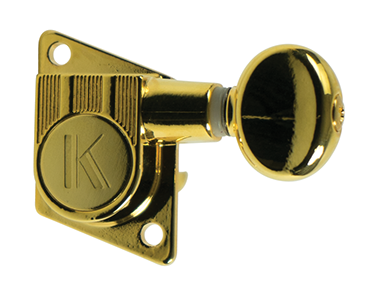

NON-LOCKING
Traditional string post requiring an accumulation of windings to secure the string from slippage.
-